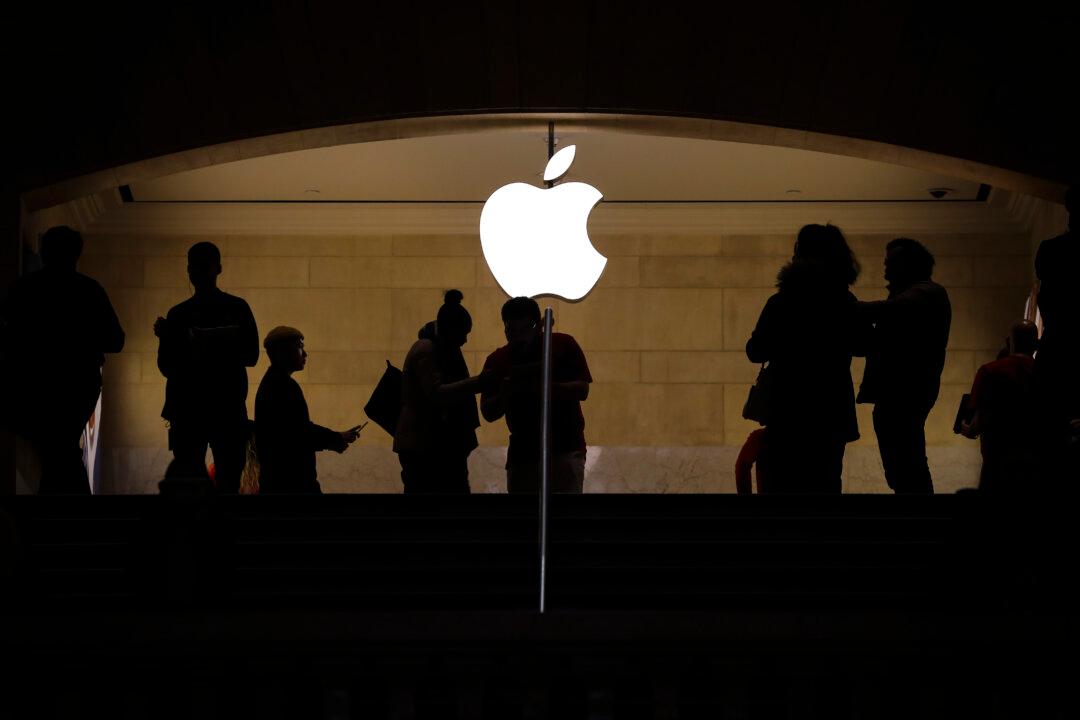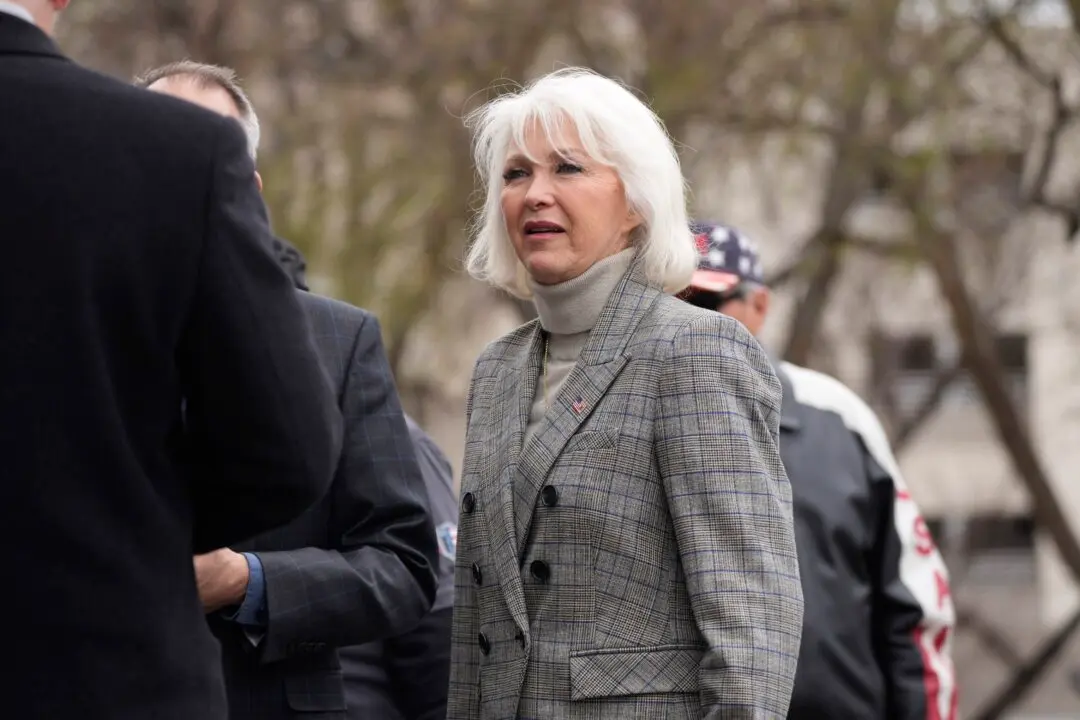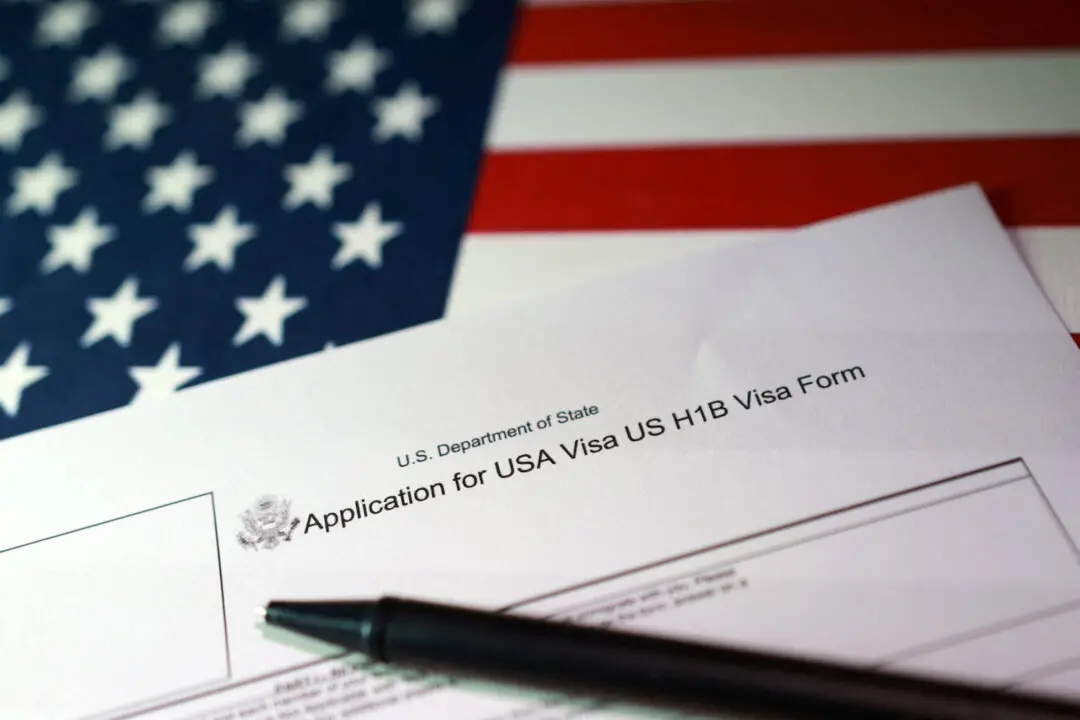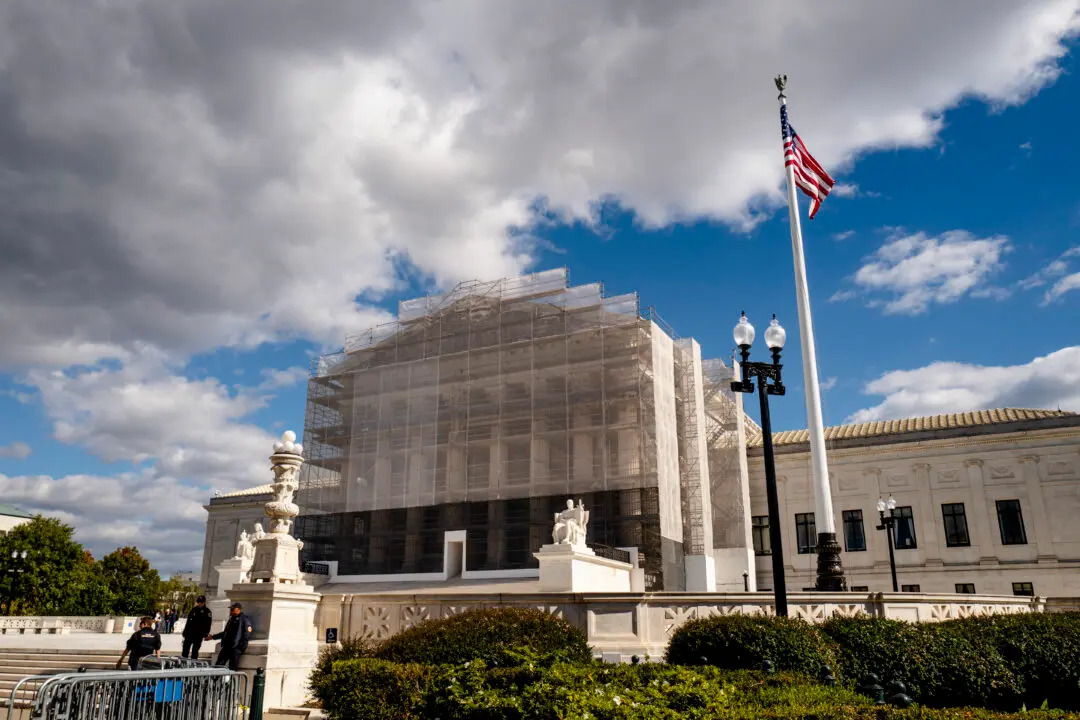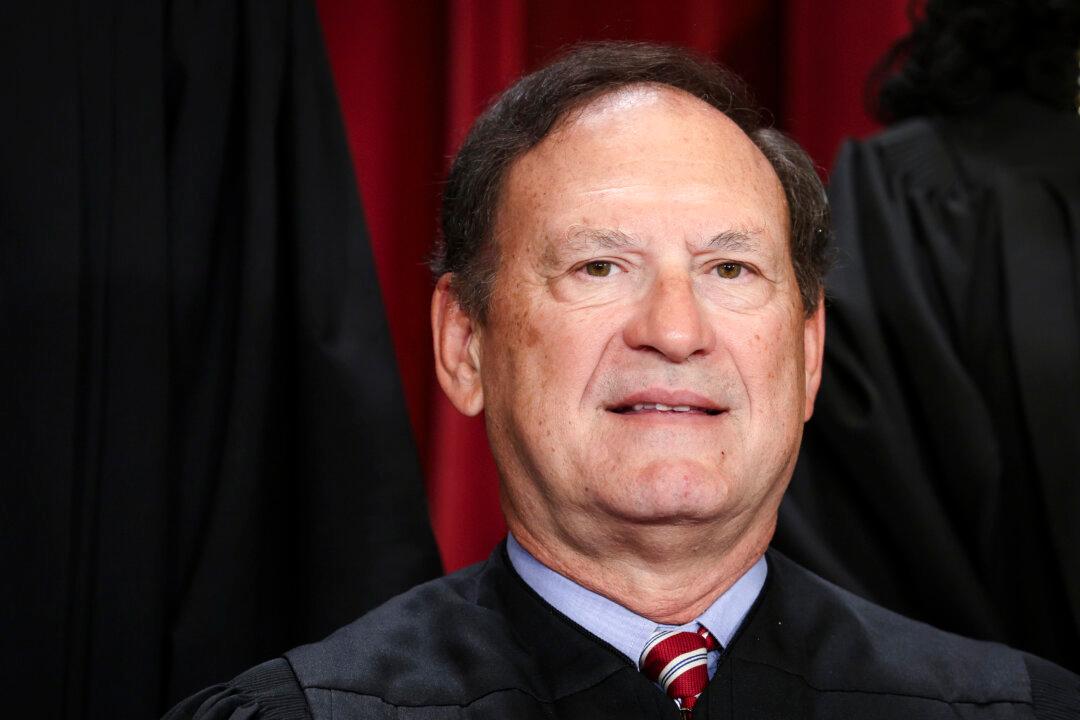WASHINGTON—The Supreme Court ruled against Apple Inc. on May 13, green-lighting a class-action lawsuit against the company that litigants accuse of illegally monopolizing the market for iPhone software applications and forcing consumers to overpay.
The justices ruled that consumers were entitled to their day in court but didn’t express an opinion on the merits of the antitrust lawsuit itself.
